Combe Gibbet
Death hangs in the air here, where a 17th-century gibbet has been erected on a Neolithic tomb.
On Gallows Down, south of Inkpen, the Inkpen Long Barrow stands on the ridge between Walbury Hillfort and Inkpen Hill. Atop the barrow is another curious monument, known as the Combe Gibbet. This is its story.
George Broomham and Dorothy Newman were hopelessly in love. It was a deep love, a blind love, and, most importantly, a forbidden love. Dorothy was a widow who lived in the nearby village of Inkpen. George, a farm laborer, lived in Combe, on the other side of the Down. He was also married, and had a son named Robert.
Though it is not recorded what George’s wife, Martha, thought of the affair, she was unlikely to have been pleased. In 1676, adultery was a crime that could be prosecuted under English common law. A husband who was cuckolded by his wife was able to bring a civil case against the adulterer, who could be prosecuted for depriving her husband exclusive access to her sexual services. Alternatively, the adulterer could be accused of ‘enticement’, or wooing a spouse so that she desired to leave her husband. Though the law was written to protect men, but society at large would still have frowned upon George.
George and Dorothy devised a scheme to be together. They hid on the Down, where the Gibbet now stands, and waited for Martha and Robert to walk along the path. When George’s family came into view, the two leapt from their hiding place and beat the two poor unsuspecting victims to death with a “staffe.” Legend then recalls that they dragged the bodies to a nearby dew pond where they could dispose of them.
They might have gotten away with the crime, but there was a witness to their grisly deeds in the form of another villager, known as Mad Thomas. Mad Tom was distraught by what he had witnessed and high-tailed it away to the local authorities.
George and Dorothy were arrested and taken away to the tried for murder. The trial began on February 23, 1676 and took place at the Winchester Assizes. The accused were charged with “the murder of Robert, son of George Bromham and of Martha, wife of said George Bromham,” and were ordered to be hanged “in chaynes near the place of the murder.” The public hanging subsequently took place in Winchester on March 3, 1676. The trial records are found in the Western Circuit Gaol Book for the period 22/23 Charles II and are kept in Winchester Library.
The bodies of George and Martha were brought from Winchester back to Inkpen and laid out in the barn at the back of the Crown and Garter Inn, where the local blacksmith measured and fitted them in chains. The barn was renamed Gibbet Barn, and became a local tourist attraction, probably initiated by the Crown and Garter Inn landlord.
The cost of hanging the two adulterous murderers was to fall to the parish in which they lived. Neither Inkpen nor Combe could agree on which village should pay, and so agreed to share the cost and erect the gibbet on the Down between the two settlements. The final hanging of the bodies of George and Dorothy took place either side of their double gibbet on March 6 1676. From there, at almost the highest point in Southern Britain (the highest being found a few hundred yards to the East at Walbury Hill) their lifeless bodies gazed over three counties: Berkshire, Wiltshire and Hampshire.
The gibbet was never again used in anger. Perhaps the corpses acted as a deterrent to would-be murderers in the local area. Although it has not been used since 1676, the current gibbet is the seventh to stand on the Down. The original gibbet of 1676 lasted an unknown length of time, but the second gibbet was erected in 1850 to replace the rotted original. This was struck by lightning to be replaced by number three in 1949.
Number three has a curious story attached to it in itself. In 1948, the story caught the imagination of John Schlesinger. Schlesinger was to become one of Britian’s foremost film directors, who in his career won three Oscars and received several nominations. The Schlessinger family lived in a house called Mount Pleasant which is located on the Inkpen Road to Christchurch crossroad. Mount Pleasant afforded a view of the gibbet on the nearby hill. Schlesinger went to study at Oxford University, but during the Easter holiday of 1948, he and his fellow undergraduate Alan Cooke, while visiting Mount Pleasant, decided to make a film about the story behind the gibbet.
This film was to be Black Legend, which Schlesinger credited with sparking his interest in film. The two friends researched the history of the gibbet, planned the film, and managed to get the £200 funding. They described the film as “A Mount Pleasant Production, Written, Produced and Directed by Alan Cooke and John Schlesinger.”
They then spent the summer generating interest in other members of the Oxford University Dramatic Society, members of their family and friends and local villagers. One of the would-be actors recruited was the then Oxford undergraduate, and later celebrated British actor, Robert Hardy, who played the role of Mad Thomas, wearing a long blond wig, no shoes, and was described as “mad and bad, and ran a lot”.
The gibbet erected in 1949 lasted only one year, and number four was erected in 1950. Since then, vandals, believed to be protesting against hanging, sawed the gibbet down on two occasions, in 1965 and 1969. Gales in the winter of 1977-78 blew down the fifth gibbet as the base had rotted. It was re-erected on 1 May 1979.
One Inkpen resident was recorded as saying in 1979: “Inkpen without its gibbet is like Stonehenge without its stones. It has been here 300 years and the people of Inkpen see no reason why it should not still be there.”
The Inkpen Long Barrow upon which the Gibbet stands is interesting in itself. Long barrows are Neolithic tombs, constructed between about 3400 and 2400 B.C., as earthen or drystone mounds with flanking ditches. Britain’s early farming communities used the tombs for communal burial, often with only parts of the skeleton (long bones and skulls) having been selected for interment. All long barrows are considered to be nationally important, because of their comparative rarity. The site is a Scheduled Ancient Monument, meaning it is illegal to interfere with it.
Know Before You Go
The Combe Gibbet on the Inkpen Long Barrow lies alongside a by-way which gives vehicular access from the metalled road. The by-way is heavily rutted, so your vehicle must need to be able to withstand the ruts. Alternatively, it may be better to take a short walk up the by-way from the small free Walbury Hillfort car park at the lane junction to the east.


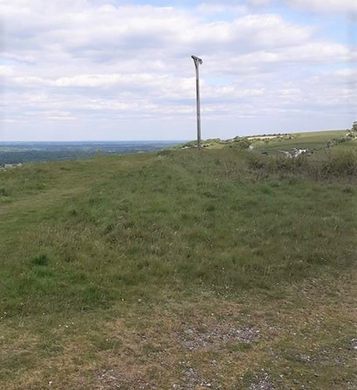


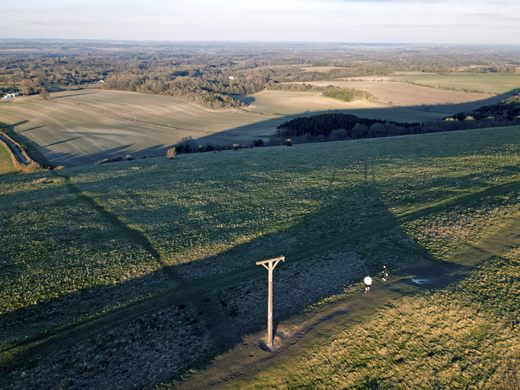

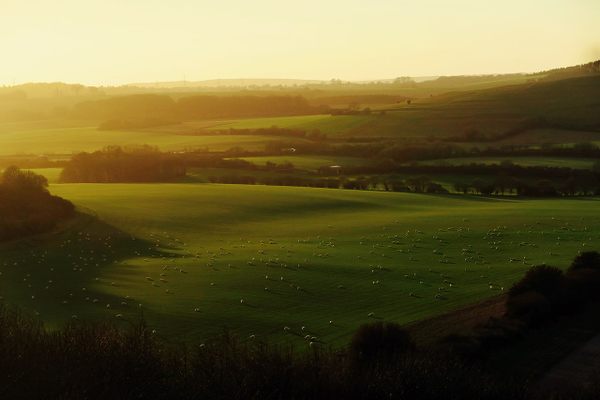
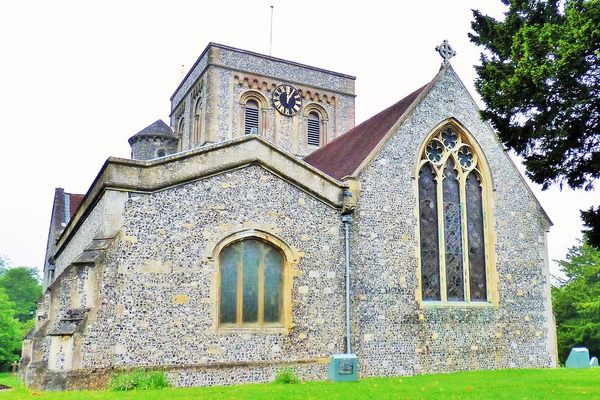
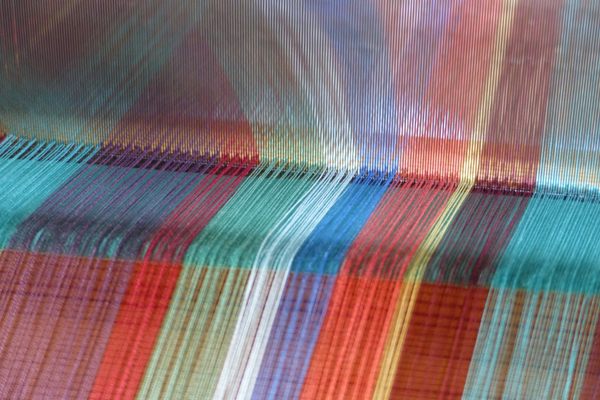
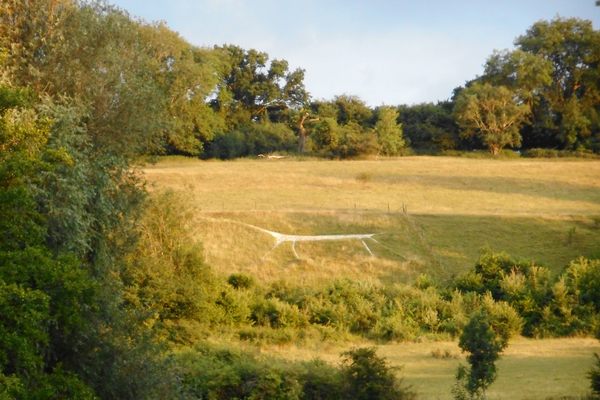

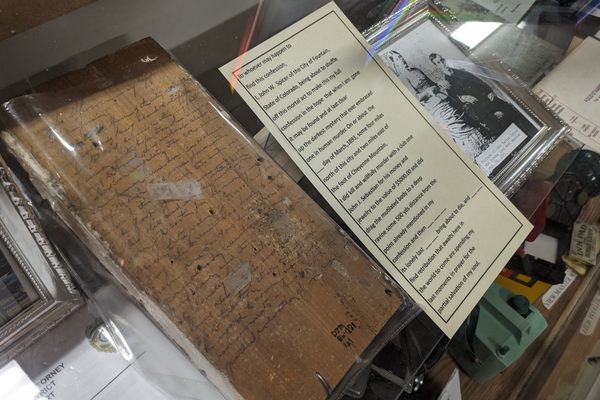
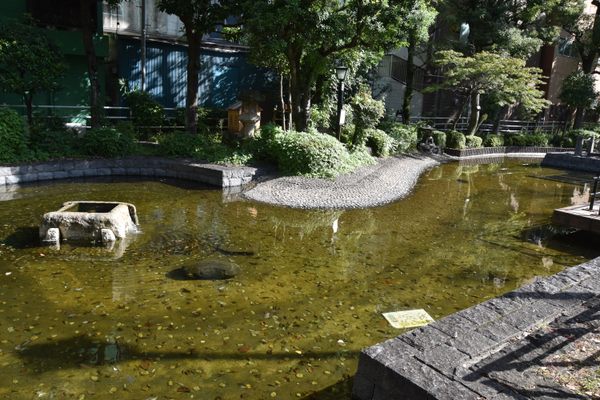
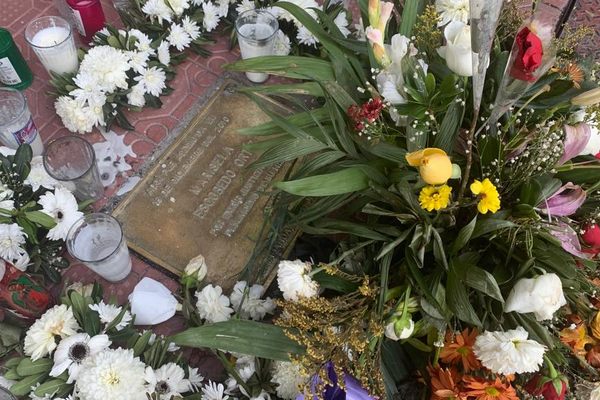

Follow us on Twitter to get the latest on the world's hidden wonders.
Like us on Facebook to get the latest on the world's hidden wonders.
Follow us on Twitter Like us on Facebook